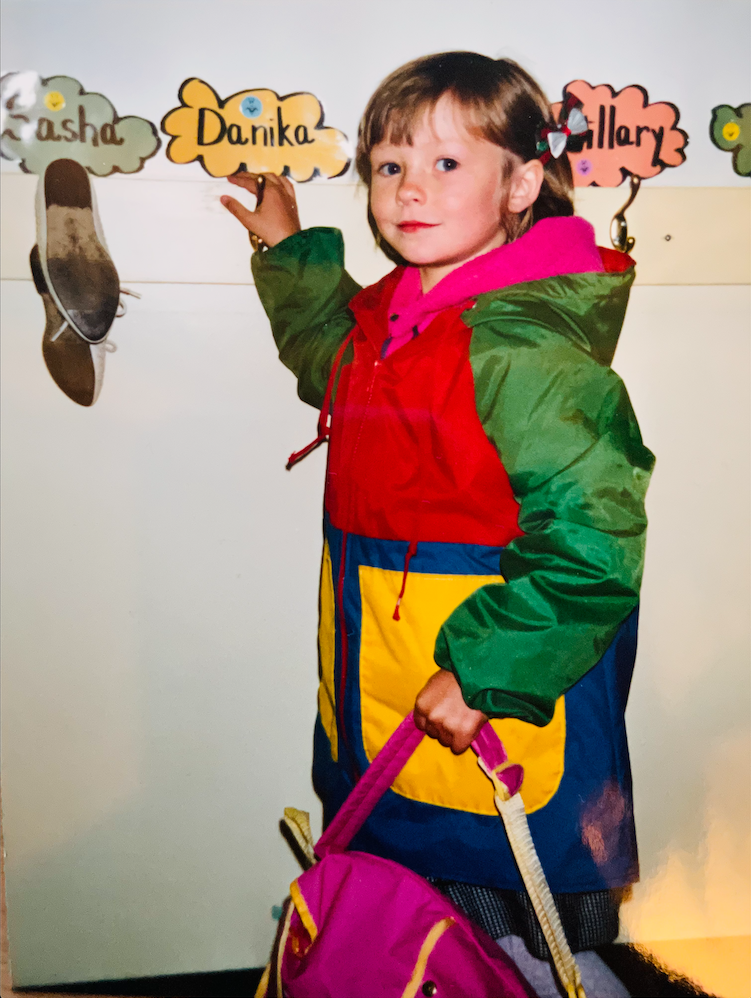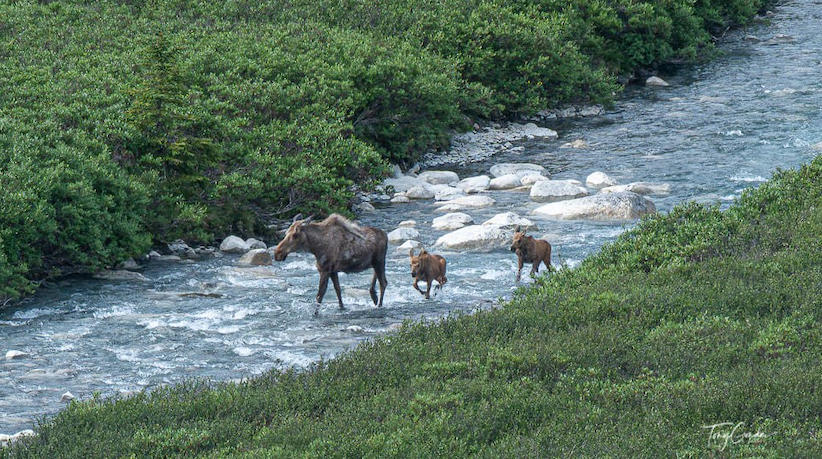In Chapter two, Kumashiro discusses how the expectations we have of our students can colour and deeply influence the ways we perceive and interpret their behaviours.
A “commonsense” understanding of the student, is that to be “good” you must know how to behave properly, be able to sit still in class, listen attentively, provide answers upon demand and participate as asked by the teacher. Kusmashiro discusses how this expectation backfires, in their initial response of frustration towards a student and inability to “manage” the class.
They later realized that they were not reaching the student at the level they required.
Kusmashiro begins to realize that with students with these kinds of struggles, it may in fact be the institution and its overarching structures that fail to meet the demands of the kids.
Looking back through years of teacher training processes, various theoretical frameworks have shaped the influence of developing teacher minds. Post-secondary pedagogy, and all of the underlying processes that have shaped it, are vast, woven into the fabric of our culture, socio-political climate, and global connections. We are all connected – and the learning of the people before us – and the people before us who taught us – have been shaped by so many influences. This has in turn affected our processing, our perceptions of the world, and the way we view the reality that we live in.
Our class was introduced to a 135-year-old Teacher Training book called “A History of Education” by F.V.N. Painter. In the sections we were studying, some clearly racist ideas were presented. Detailed descriptions about how certain cultures were classified over others, including intelligence level and capacity, exist in these pages. Some of it is difficult to read. A lot has changed since 1886. But some of the ideas in this book persist in society today.
As we progress in our ECS 203 learning, we will become more aware of the layers of influence upon teachers and societies, as well as the progress towards change that has been made. Being a social justice advocate myself, I like to look to the bright side of progress and try to understand the darker parts of history as a way of making sense of the present.
Instead of thinking of students as “good” or “bad,” or classifying their behaviour as such, I strive to be an educator who embraces complexity, flexibility – one who can lean into the many “different ways of knowing and being” and help offer deeper learning opportunities as they present – whether that be in the bright daylight or in the hidden corners of life and students minds.

